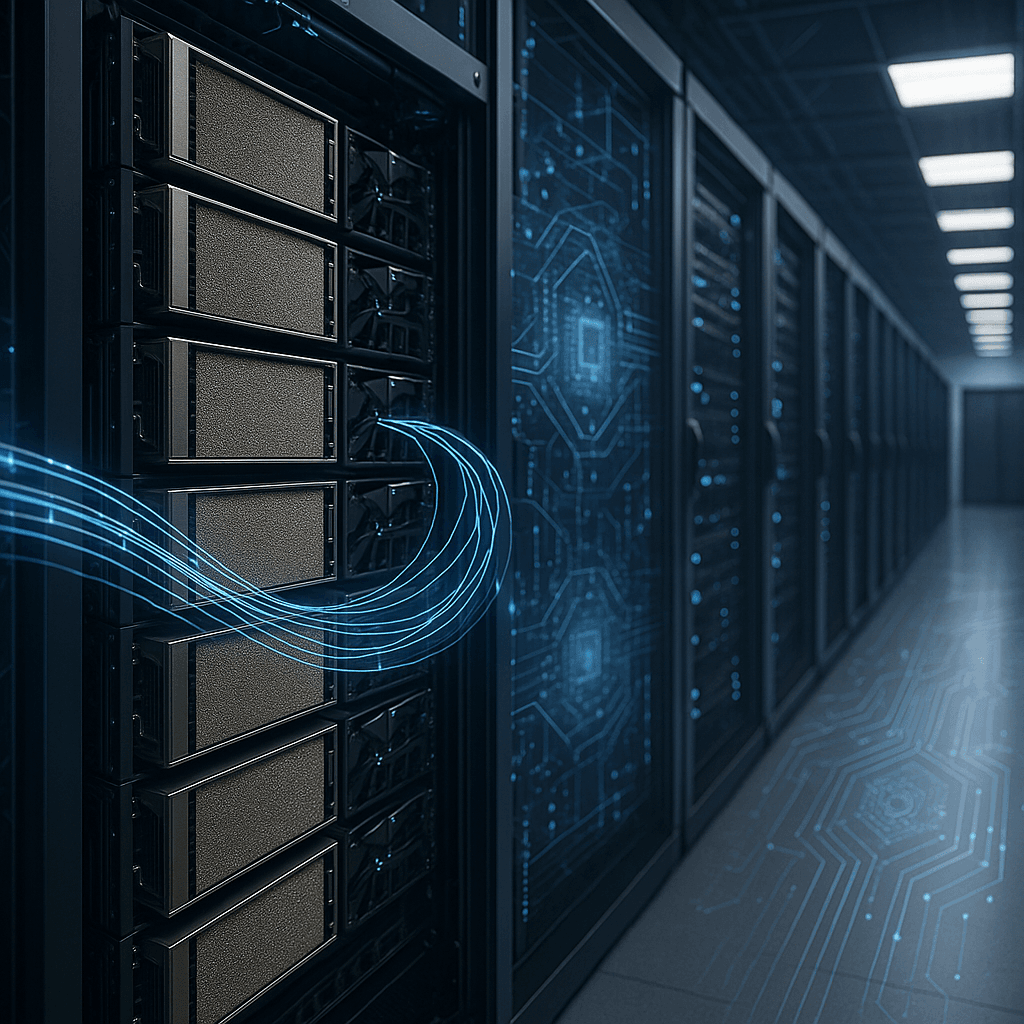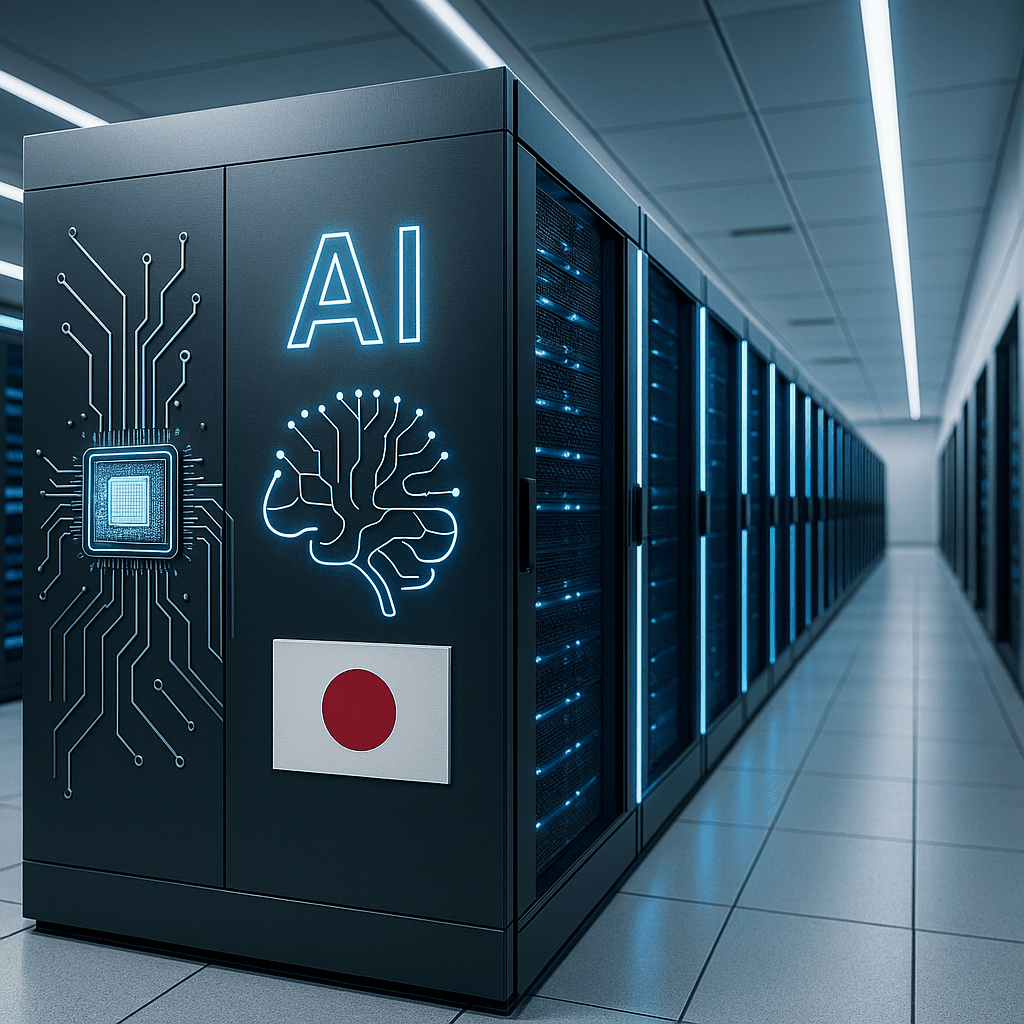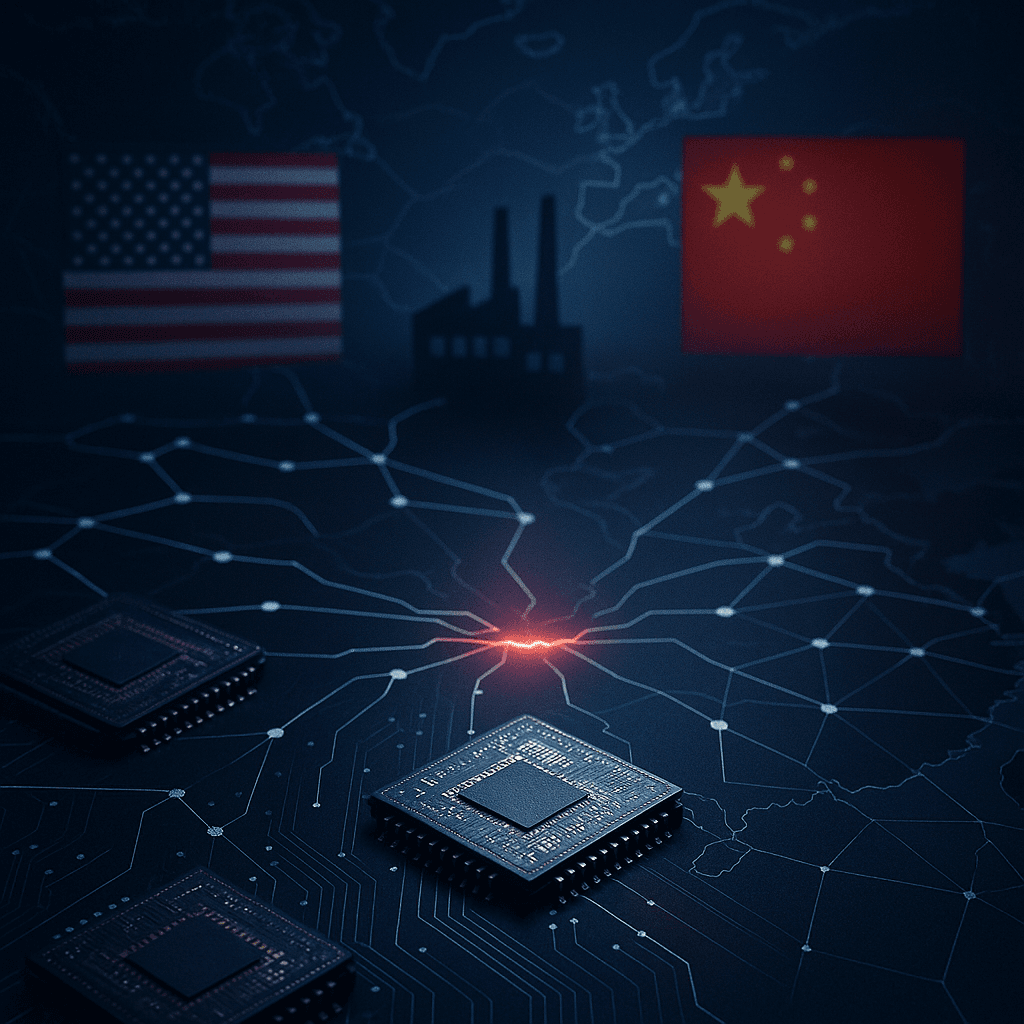NVIDIA is set to showcase groundbreaking AI inference and networking technologies at next week's Hot Chips conference at Stanford University, targeting the trillion-dollar data center market. The chip giant will demonstrate how its latest Blackwell architecture and ConnectX-8 SuperNIC are enabling rack-scale AI reasoning that could reshape enterprise computing infrastructure.
NVIDIA just positioned itself as the dominant force behind next week's Hot Chips conference agenda, announcing four major presentations that showcase how the company's latest technologies are accelerating AI inference across every scale of computing. The August 24-26 event at Stanford University has become ground zero for unveiling the innovations driving the trillion-dollar data center computing market.
The timing couldn't be more strategic. As enterprise demand for AI reasoning capabilities explodes, NVIDIA will join industry titans Google and Microsoft in a high-profile tutorial session on designing rack-scale architecture for data centers. It's a clear signal that the battle for AI infrastructure supremacy is entering a new phase.
At the heart of NVIDIA's showcase is the ConnectX-8 SuperNIC, which Principal Architect Idan Burstein will demonstrate delivers market-leading AI reasoning performance through high-speed, low-latency multi-GPU communication. The networking breakthrough enables what NVIDIA calls "rack-scale performance" – essentially turning entire server racks into single, cohesive computing units capable of handling complex AI reasoning tasks that require multiple inference passes.
The technical specs are staggering. NVIDIA's GB200 NVL72 system packs 36 NVIDIA GB200 Superchips into a single rack, each containing two NVIDIA B200 GPUs and an NVIDIA Grace CPU. The interconnected system delivers 130 terabytes per second of low-latency GPU communications – performance levels that were unimaginable just years ago.
"AI reasoning requires rack-scale performance to deliver optimal user experiences efficiently," according to . The company is betting that enterprises will need this level of computational firepower as AI workloads become more sophisticated and demanding.












